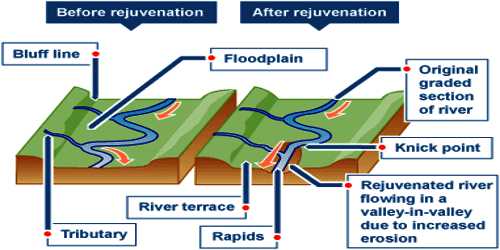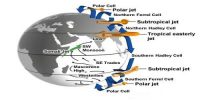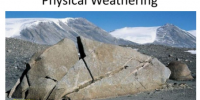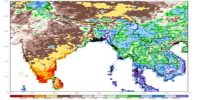River Terraces are surfaces marking old valley floor or floodplain levels. They may be bedrock surfaces without any alluvial cover or alluvial terraces consisting of stream deposits. It is caused by stream incision, which may be due to an uplift of the land, to a fall in sea level, or to a change in climate. River terraces are basically products of erosion as they result due to vertical erosion by the stream into its own depositional floodplain. There can be a number of such terraces at different heights indicating former river bed levels. The river terraces may occur at the same elevation on either side of the rivers in which case they are called paired terraces (Figure).
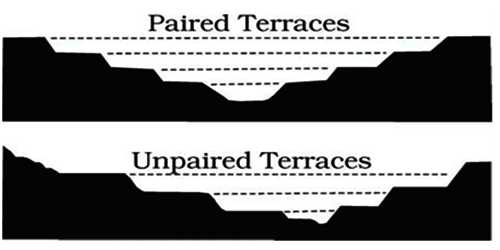
When a terrace is present only on one side of the stream and with none on the other side or one at quite a different elevation on the other side, the terraces are called non-paired terraces. Unpaired terraces are typical in areas of slow uplift of land or where the water column changes are not uniform along both the banks. The terraces may result due to
(i) receding water after a peak flow;
(ii) change in hydrological regime due to climatic changes;
(iii) tectonic uplift of land;
(iv) sea level changes in case of rivers closer to the sea.
